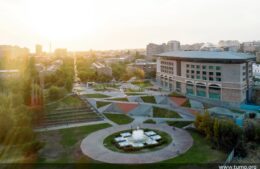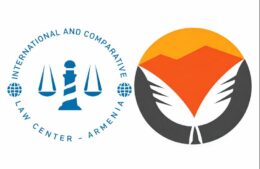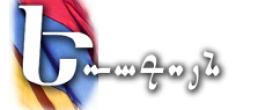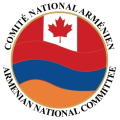Identity Crisis: Journalist explores the roots of Hamshen Armenians
- (0)
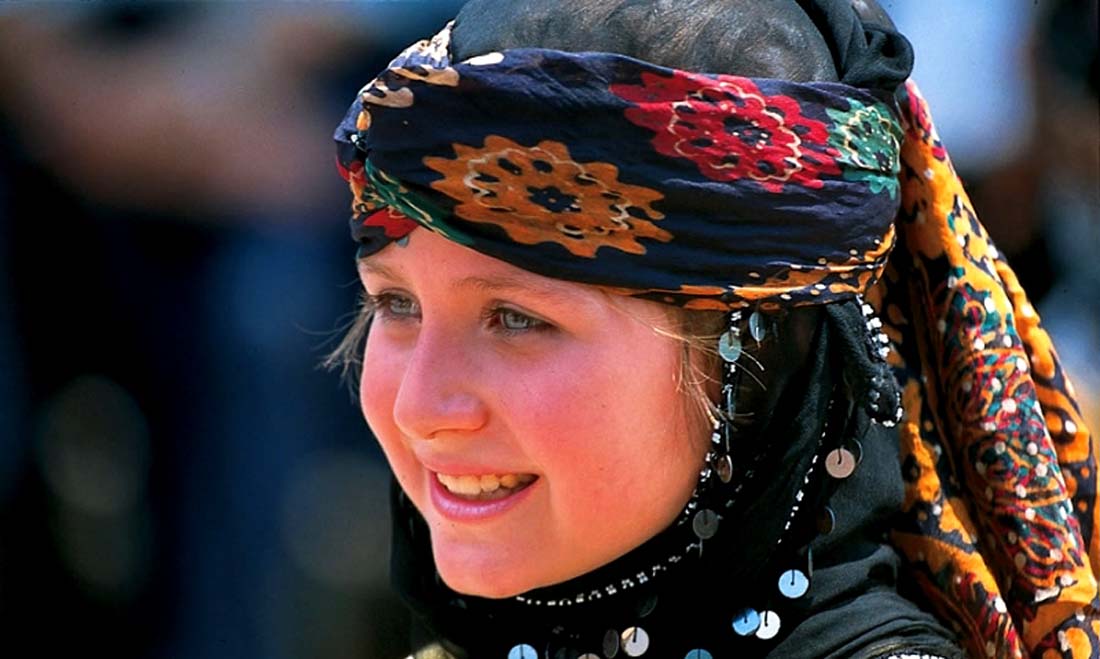
“Who were they? Were they actually Armenian? Did they look like us? Were they different, very different? What an exotic thing – people who are Muslim, but speak Armenian,” these were the questions and thoughts that prompted journalist Vahan Ishkhanyan to search for answers in the land of disputed identity and present it all in his lengthy new commentary about Hamshen Armenians.
Ishkhanyan’s grandfather was from Hamshen, as the reporter learned when Hamshen expert Hovan Simonyan took a gene sample from Ishkhanyan for his Armenian gene project.
“It turns out that my genetic group is G1, the same group to which Avik Topchyan, another Hemshin belongs. While I do not know Mr. Topchyan, it would appear that we are in fact related and that generations ago our relatives were brothers.
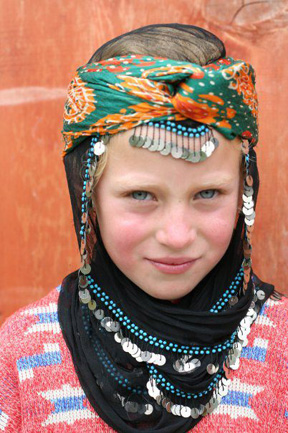
“I was just a young child when I heard others in the house talk about how there were still Muslim Hamshens living along the Black Sea coast and that they spoke the Hamshen dialect. Different numbers were tossed about as to how many there were – one hundred thousand, one million,” recalls Ishkhanyan.
Two years ago, Iskhanyan won a Eurasia Partnership Foundation grant and took a trip to Turkey’s eastshore of the Black Sea, where he spent 12 days at the Armenian-speaking Muslim Hemshen settlements and wrote a story, titled “Who Are They? The Muslim Hamshens Who Speak Armenian”.
Based on Ishkhanyan’s “Muslim Hemshin Armenians” project a trilingual (Armenian, English, Turkish) CD and website (www.hamshesnak.com) have been created, where besides texts, multimedia aids, such as video material and photographs, interactive maps, tell the fascinating story of the Hamshens, their lifestyle, cuisine, perception of their identity, political outlook, and their dialect.
Historical Hamshen is located in the northeast region of present-day Turkey. Scholarly research says that the Islamization process of the Hamshens began in the 1700s. Many scattered to settlements along the Black Sea Coast – Trabzon, Ordu, etc – to avoid religious conversion. There are no records preserved from that period as to why and how they converted to Islam. All such information was recorded some 100-150 years later.
The Hamshen people today can be divided into three main groups: The Christian Armenian Hamshens, who live in Abkhazia and Russia’s Krasnodar District. They speak the Hamshen Armenian dialect; the Sunni Muslim Armenian-speaking Hamshens, (Hopa-Hamshens) who live in the Hopa and Borçka regions of the Turkish province of Artvin and call themselves, Hamshetsi or Homshetsi; and Sunni Muslim Turkish-speaking Hamshens (Bash-Hamshens) who mostly live in the Turkish province of Rize and call themselves, Hamshil.
“Hopa-Hamshens have lost the religion and many traditions, they have taken everything from the Turkish environment, but have preserved their own language, and it is due to that language that they know about their Armenian roots, many consider themselves Armenian. This shows that any community, having lost everything else, but having preserved the language, will not merge and can always return to its roots,” says Ishkhanyan.
Ishkhanyan’s guideswere his Turkish colleagues, CemilAksu, President of the BirYaşam (One Life) Cultural and Environmental Organization, and Harun Aksu.
63 year-old Cemal Vayiç, (the father-in-law of Hopa researcher Cemil Aksu) considers himself Hamshen, says he knew the language since childhood and wants to preserve it.
“We knew that language as young kids and want to preserve it. We aren’t renouncing our identity. I will live as a Hamshen till the end. We know that the Hamshens are descended from Armenians. If Armenians visit and relate with us more often, we will be able to improve our language skills.” says Cemal Vayiç.
At his house all present told that before going to school they did not know Turkish and spoke only Hamshesnak. They learnt Turkish at school. Aksu says the assimilation policy of Hopa-Hamshens started in the 1980s and the Hamshen dialect gradually gave in to the Turkish language.
At the revolutionary Hayteh Bar owned by Harun Aksu, Ishkhanyan meets Mumi Yılmaz. As soon as they step foot into the bar he holds out his hand in welcome and says – I’m also Armenian. “We know about your cause, we are of the same blood,” he says.When asked how he knew he was Armenian without knowing any of thehistory, Yilmaz responds:
“I don’t need to know the history to say that I’m Armenian. My grandfather is my history. He told me that it’s the truth. Whatever I know comes from him. My grandfather came down from the mountains to sell whatever he had, a bit of milk, oil, whatever. They caught him, called him Armenian, and bashed his head in. They stole his belongings, his horse, everything.Before, in the mountains, they made our life miserable. We were hungry. When we came down they beat us constantly. They singled us out as Armenians. But now we’ve come down and they can’t persecute us anymore”.
A shop owner glows upon learning that the reporter was Armenian and asks whether people in Armenia know about them. Then he adds “Eh…we sold our religion. We sold our Christianity and became Muslims.”
Even those Hamshens who avoid calling themselves Armenian and regard themselves as Turks can’t escape the scorn heaped upon them by the other peoples of the region, calling them ermeni (“Armenian” in Turkish) in contempt.
As opposed to Hopa-Hamshens, who accept their Armenian identity, Turkish-speaking Bash-Hamshens deny their Armenian descent, but celebrate Vardavar (an Armenian Christian holiday with elements dating back to pre-Christian era) and bury the deceased in coffins, unlike Muslims who only use a shroud.
“If you ask a Hamshentsi what he is, he will answer “Hamshen’. If you then ask what a Hamshen is, he’s at a loss. In this country, not calling yourself a Turk is an act of courage,” says Bash-Hamshen Selçuk Güney, who owns the guesthouse in Samsun.
Ishkhanyan writes that on the one hand the Turkish authorities made up their version of history to cut the Hamshens from their Armenian roots, while on the other hand the local government and residents of other Muslim nationalities called Hopa-Hamshens Armenian and oppressed them, which made them preserve their language and their Armenian descent as a form of resistance. They had two ways out: resist and remain the “the cursed ones”, adopting the ideology of oppressed masses, i.e. communism, or become more catholic than the “the Roman Pope, i.e. Turkish nationalists”.
“Leftists (Marxists) are very courageous, when they learnt I was Armenian, they would come up, talk to me without fear. Others, who are now facing their Armenian identity issue, were very friendly, but asked not to record their names as soon as I was about to take notes. They asked not to cite them, they were scared. I saw that in Turkey people are afraid because of their Armenian descent, maybe in Istanbul it is not so, but in Hamshen it was,” says Iskhanyan.
He also speaks about the Hamshesnak (the Hamshen dialect is referred to as such in most scientific researches) and says if one listens to it carefully Armenian words can be detected and after some getting-used-to it becomes clear that it is Armenian.
And it is probably not accidental that Yılmaz Topaloğlu, former mayor of Hopa, told him: “I feel uncomfortable conversing through a translator. We can speak that language fairly well, but sadly we’ve been subjected to assimilation and various pressures. That’s why we have difficulty understanding each other.”
“The language he refers to is Armenian. Yılmaz wouldn’t say such a thing to anyone else in the world except for an Armenian who speaks it – ‘I feel uncomfortable conversing through a translator’,” writes Ishkhanyan.
In the end, Ishkhanyan answers the question: “Who are they?”
“They’ve demolished the Hamshen Kachikar Church so that no traces are left. You won’t find it. The unknown location of the church symbolizes the destruction of the Black Sea Armenians. Successive Turkish regimes have dug down deep to eradicate all Armenian roots so that none ever grows again. But one stubborn branch, long overlooked, has sprouted again, trembling with fear. The Armenian words that flutter from the lips of this 30,000 Muslim community is the last vestige of a past when Armenians once lived on the Turkish shores of the Black Sea.”
GAYANE MKRTCHYAN

